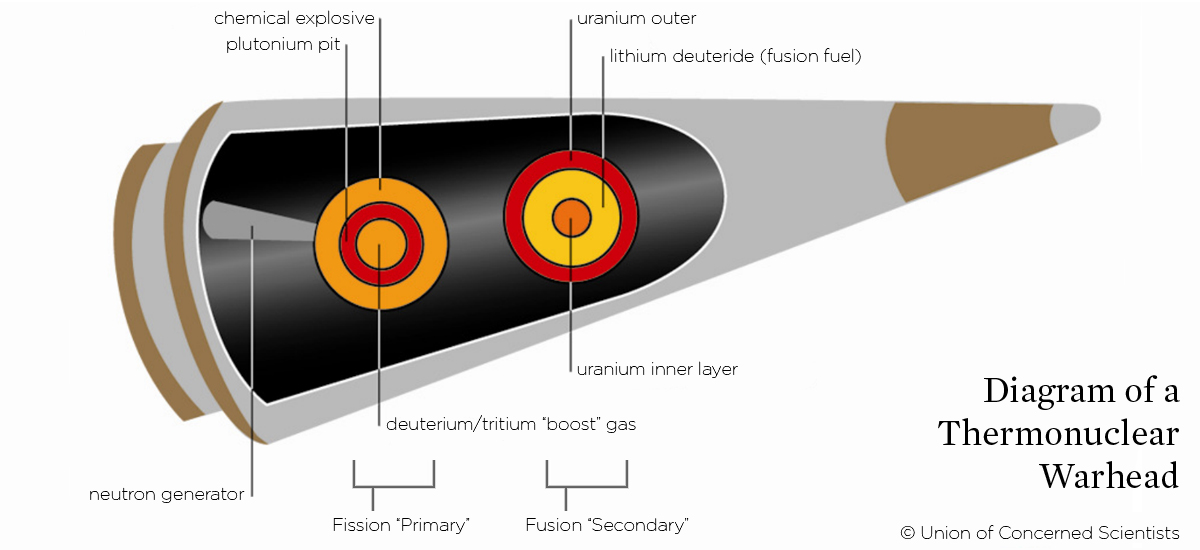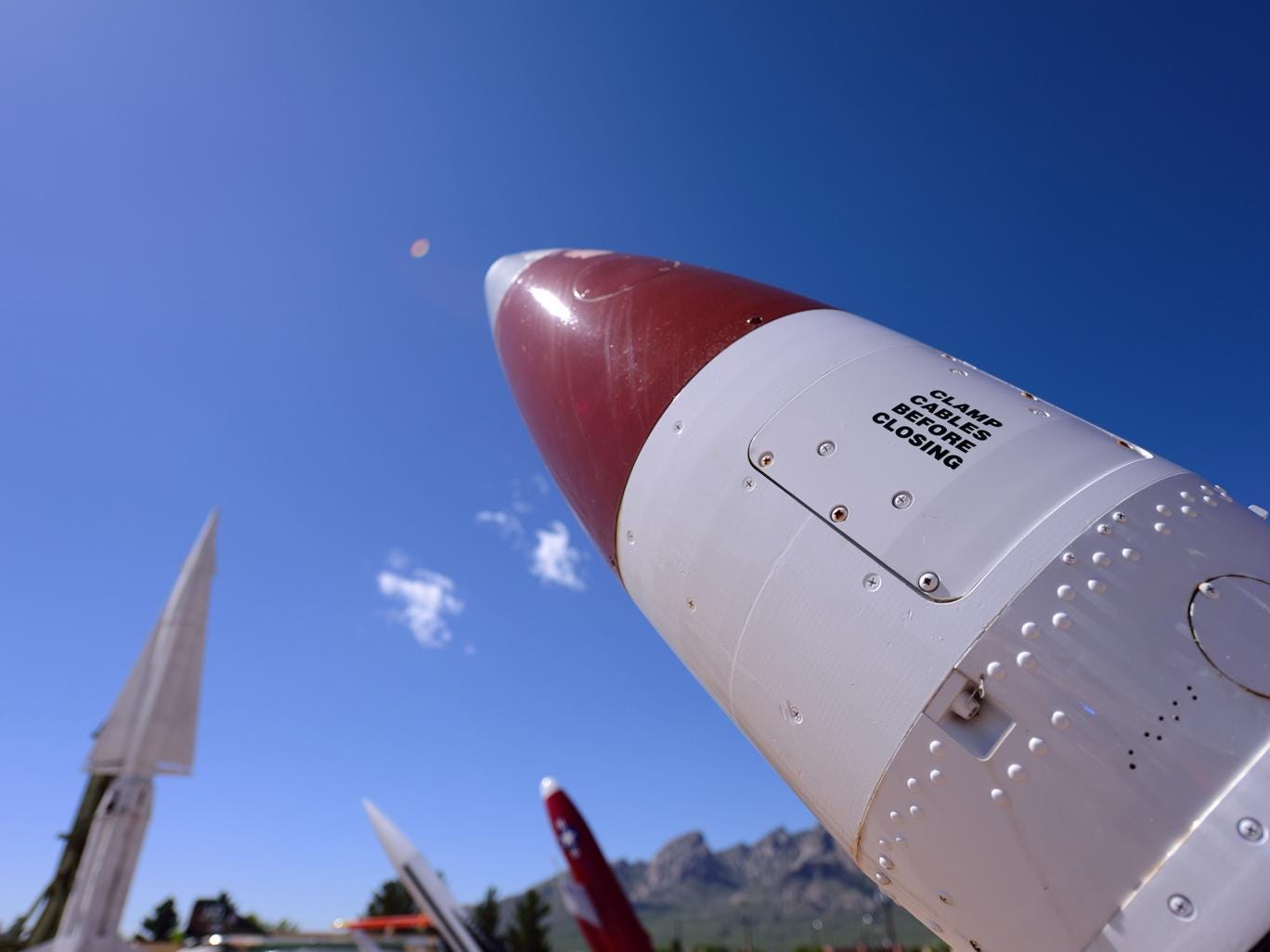
LANL Pit Production: Fifth Failure in Progress
Greg Mello / Los Alamos Study Group
The following essay was published July 15 in the Los Alamos Reporter, a conscientious news blog from that town. It was originally meant to be a highly simplified, reference-free version of a longer article underway here. However since so few people who are opining these days about pit production actually know very much about Los Alamos, or pit production, it grew into its own little story that seems important. It has a simple moral: by any normal measure, Los Alamos National Laboratory (LANL) has already failed, again, at pit production.
LANL Pit Production: Fifth Failure in Progress
Greg Mello / Los Alamos Reporter
(July 15, 2021) — Under pressure from New Mexico senators and their allies in 2018, NNSA Administrator Lisa Gordon-Hagerty reversed a June 2017 decision by her predecessor to not attempt to use LANL’s main plutonium facility (“PF-4”) as an enduring factory for plutonium warhead cores (“pits”).
Gordon-Hagerty and her staff knew from multiple prior studies that production based in PF-4 could never be adequate, reliable, or enduring.
So NNSA now has a “two-site” pit strategy, a very expensive approach that no prior study endorsed.
As a result, LANL now suffers from growth it cannot accommodate while NNSA is only just beginning to see how much fiscal hemorrhage this involves.
The decision to build a pit factory at LANL also gave a fresh dose of “political heroin” (h/t Carol Miller) to New Mexico’s leaders, with the usual negative effects on the state’s future.
This is the fifth attempt to bring the pit manufacturing mission to LANL. Four previous efforts failed. By all the normal measures our society uses to evaluate cost, benefit, risk, reliability, and longevity, this latest attempt has now already failed as well. A course correction is badly needed and sooner or later one will come. LANL leadership would be wise to advise one now.
The first attempt at this mission came late in the Reagan Administration, when a 1988 study of warhead complex modernization called for relocating the functions of the Rocky Flats Plant (RFP) as soon as possible.
That same year LANL, then directed by plutonium scientist Siegfried Hecker, began to plan for a large (193,000 sq. ft.) new plutonium facility at Technical Area (TA-)55 to greatly augment PF-4 capabilities, the Special Nuclear Materials Laboratory (SNML). It was to be the most expensive project in LANL’s history. As RFP shut down, LANL began acquiring key pit manufacturing personnel and equipment. Prominent experts and influential congresspersons began promoting LANL for pit production.
Both New Mexico senators resisted this, as did the University of California and even LANL itself. SNML was put on hold in 1990 and canceled in 1991 in favor of the Chemistry and Metallurgy Research Upgrades (CMRU) project in TA- 3.

By 1993, DOE’s efforts to build a consolidated warhead production complex (“Complex 21”) had collapsed. LANL now actively sought the pit production mission, to be centered in TA-55 and enabled by CMRU. All would be ready by 1997, making LANL what Hecker called “a full-service lab.”
Strike one.
A 1996 DOE study found LANL could solidify what it said was a single-shift, 50 ppy capacity for $110 million (M), plus $30 M/year in added operating costs and $200 M in separately-justified PF-4 maintenance. If more pits were required LANL could provide a single-shift 100 ppy capacity for $44 M more, for a total of $616 M and $52 M/year in today’s dollars.
As a result, DOE chose LANL for the “interim” pit production mission, set at ≤20 ppy because of the “small current demand” for pits.
As it turned out, LANL had no such capability. Key infrastructure elements weren’t remotely suitable. Actual costs for just 30 ppy are now 20-30 times higher, not considering the intervening quarter-century of funding and preparatory work.
CMRU proceeded haltingly for a decade before being found infeasible. It was finally canceled in 2001 in favor of the Chemistry and Metallurgy Research Replacement (CMRR) project, to which we now turn.
Strike two.

After the Bush administration failed to convince Congress that a greenfield “Modern Pit Facility” was justified, the incoming Obama administration again turned to LANL’s PF-4 for pit production, this time to be augmented by two new buildings in TA-55: the Radiological Laboratory, Utility, and Office building (CMRR-RLUOB, now PF-400) and the large Nuclear Facility (CMRR-NF, >95% of the project’s cost).
DOE told DoD that LANL would be producing “a minimum of 50-80 pits/year in 2022” using PF-4 and CMRR-NF.
Two years later, CMRR-NF was indefinitely deferred. In 2014, it was cancelled. It too was infeasible, in practical terms. A subsequent NNSA study found that without CMRR-NF LANL would no longer be capable of even 20-30 ppy absent a decade-long, $800 M effort and shifting some work to Lawrence Livermore National Laboratory (LLNL).
Strike three.

From 2012 to 2017 NNSA’s pit production hopes — still all at LANL — shifted to a new plan, the “Plutonium Modular Approach” (PMA), involving underground production “modules” adjacent to PF-4. In 2013 and again in 2014 Congress mandated PMA construction. The PMA project passed Critical Decision (CD-) Zero in 2015.
In August 2016 GAO issued a scathing review of PMA. In October 2017 NNSA found that TA-55 was too small to accommodate enough “modules” to enable pit production, and the risk to existing plutonium programs was high. A more lenient 2018 analysis found that LANL’s PMA plan would take longer and have higher risks than other options. PMA subsequently vanished without a trace from every open planning and budgeting document produced since 2017.
The much-hyped PMA just wasn’t feasible. The extra capacity needed is now to be provided by multiple-shift, “24/7 operations.”
Strike four.

NNSA’s 2018 pit production decision requires LANL to make at least 30 ppy. As of 2017 this was to cost $3 billion (B), including $1B in LANL operations over the FY19 — FY23 period, roughly what had been spent each year up to then.
Up to this point neither DOE nor NNSA had ever envisioned basing routine pit production on multiple production shifts. NNSA’s 2017 analysis never even considered it. In 2018 NNSA’s consultants said that even temporary use of multiple production shifts carried considerable failure risk. In March of 2019 the Institute for Defense Analyses (IDA) strongly warned against attempting multiple production shifts at LANL.
Yet by March 2020 NNSA was saying that to reach even 20 ppy LANL would need to go to “24/7 operations” and hire an additional 1,600 people to do so. To get to 30 ppy LANL would have to add yet another 400 people.
With TA-55 especially, but also LANL in general, crowded already, this proposed huge staff increase — essentially doubling the Triad staff supporting pit production — brought with it the need for much more infrastructure, including requirements for newly-leased spaces in Los Alamos, Santa Fe and potentially elsewhere.
Of note, staffing and infrastructure costs for 30 ppy — including about 4,000 staff, almost 1/3 of LANL — were not included in NNSA’s 2018 life-cycle cost estimates, making LANL pit production look very cheap.
What was estimated as “$3B” in 2017 is now going to be roughly $11 B, not counting Sigma replacement (informally scheduled to start in 2026) and other infrastructure costs in the 2020s. This is about the same as is estimated for completing preparations at the Savannah River Site (SRS), where a modern nuclear facility five times as large as PF-4 is about to be repurposed for pit production. LANL start-up costs have roughly quadrupled over four years.
With round-the-clock operations, risks increase dramatically. To succeed in TA-55’s cramped facilities will require a “ballet” of just-in-time activity, choreographed to a degree never before seen in the U.S. warhead complex. At best, there will be minimal production with little or no production agility. At worst, LANL’s complex, tightly-coupled systems will lead to cascading outages, failures, and accidents.
Meanwhile it is not fully known when, or if, PF-4 can ever meet DOE safety standards with an adequate amount of material at risk. Homes are 3,100 feet away.
How long can PF-4 be run 24/7 before it is effectively ruined? One long shutdown could do that. To this question also no one has the answer. NNSA has consistently testified that PF-4’s age is a serious issue.
Assuming all goes well, the maximum sustainable production available from LANL is 30 ppy, sources tell us — too little to support a life-extension program by itself. LANL’s high costs and low production rate lead to per-pit costs of at least $35 M, with $50 M more likely.
Is this not absurd? For NNSA, using LANL pits instead of waiting for SRS production would roughly triple the expected W87-1 unit costs.
Unlike LANL, SRS could make all the pits required with little added cost over the present 50 ppy plans, given the strong economies of scale inherent in the mission. According to NNSA, increasing SRS capacity from 50 to 80 ppy would require only 22 more pieces of equipment and 6,350 sq. ft. more space, the latter less than 2% of the total available. As NNSA put it, the cost difference would be “within the range of error.”
From the Nuclear Weapons Council perspective, the goals of LANL pit production ought to be process prove-in (PPI) and training, plus LANL’s R&D missions. Anything more than this is risky to PF-4’s core programs, bad for LANL overall, a fiscal burden to NNSA, and a liability to the County and region.
A dribble of pits from LANL is needed — for what? No justification quite hangs together. Jumpstarting W87-1 production by 2030 is a dubious goal in itself and is unlikely to be realized for other reasons, but in any case LANL pit production is not needed for that as there are about 300 W87-0 pits available for repurposing.
The entire W87-1 program is basically a favor for LLNL, W87-0s being sufficient in every way even if you believe silo-based missiles are a good thing. (We don’t.) By the mid-2030s LANL pit production will be as obsolete as the nuclear facilities in which it is housed.
Pit production at LANL is a canonical case of a politically-driven program that will hurt its supposed beneficiaries while adding less than nothing to national security.
Strike five.

Greg Mello is the executive director of the Los Alamos Study Group — 2901 Summit Place NE, Albuquerque, NM 87106